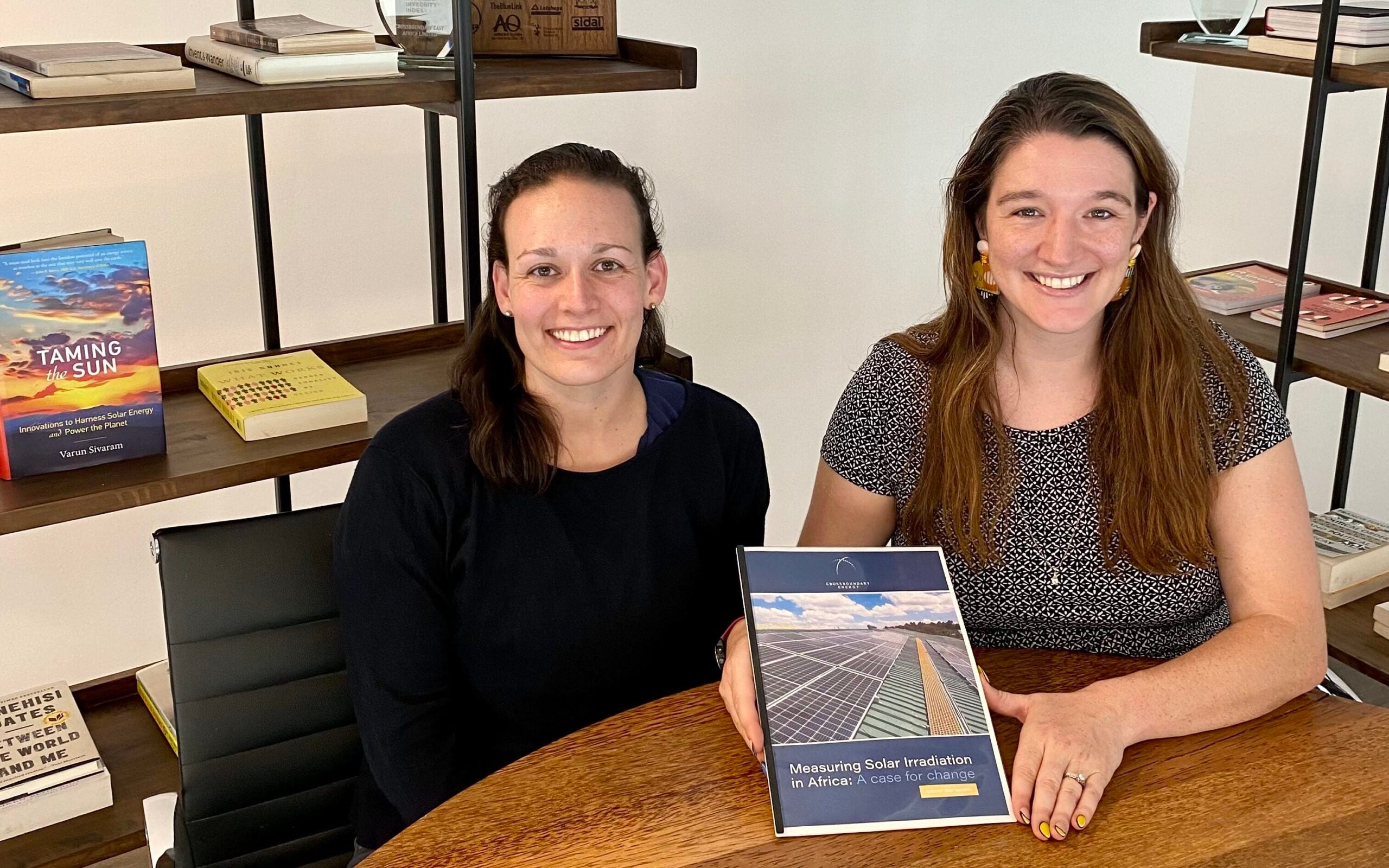
Kenya’s Clean Energy Transition Gets a Boost from Solar Power
Unleashing its solar energy potential can support both Kenya’s clean energy and energy access goals.
Renewable energy sources generate over 80 percent of Kenya’s electricity today, placing the country of 50 million people well on its way to meeting its goal of transitioning to 100 percent clean energy by 2030. But getting that final 20 percent will require the country’s energy policy experts to get creative—not only to expand on Kenya’s rich natural potential for geothermal energy, from which the country currently generates nearly half of its energy, but also to harness the country’s wind and solar resources.
As of 2022, Kenya had installed over 170 MW of generation potential from solar power, with nearly two thirds of that amount having been added to its grid in 2021 alone. Several factors contribute to Kenya’s solar boom, as I learned on a recent research trip to Nairobi. First, the Eastern Africa region boasts one of the best conditions for solar energy generation globally. Second, developers have been able to secure financing not only from the Kenyan government, but also from funds that mobilize private investment, like the Emerging Africa Infrastructure Fund.
At the same time as Kenya has cleaned up its electricity sector, it has increased energy access and modernized payment systems for energy.
Kenya more than doubled its electrification rate between 2014 and 2018. Using a combination of grid-connected and off-grid systems, the government has been able to increase connectivity both in urban and rural areas. The Kenya Off-Grid Solar Access Project, for example, aims at providing electricity to parts of the country not currently served by the bulk power system. The government’s collaboration with development partners through public-private partnerships also has allowed the Kenyan government to leverage private funding to reach its electrification targets.
Payment in the country, too, has evolved substantially. As recently as mid-2022, Kenya Power, Kenya’s state-owned utility, maintained a token system through which power customers could purchase pre-paid allotments of power. Malindi resident Nicholas Kiema, who I interviewed during my visit, explained that the token system not only limited users’ energy use, but also disrupted household activities. Beginning in September 2022, the utility revamped its payment process, directing customers to pay by money transfer or M-Pesa, a branchless mobile banking service that has become nearly ubiquitous throughout Kenya.
As the country makes progress both toward its clean energy and its energy access goals, solar will play an especially important role. Today, in-country commercial and industrial solar developers are driving Kenya’s clean energy transition. More than 99 percent of the solar energy generated in 2020, for example, was generated at facilities operated by independent power producers.

Kathleen Jean-Pierre, chief operations officer of CrossBoundary Energy, a leading clean energy developer in East Africa, highlighted in an interview that Kenya’s maturing solar industry presents attractive investment opportunities, but also faces several roadblocks. Getting technical basics like solar irradiation estimates right, she added, is crucial both for developers to secure return clients and for solar buyers to realize promised savings. Navigating the complex regulatory structures in the countries in which CrossBoundary Energy operates, furthermore, requires training and retaining experts in a sophisticated web of local laws and regulations.
Looking ahead, Kenya will need to pursue off-grid solar—as well as on-grid—to achieve its full goal of 100 percent clean energy. Collaboration with international partners, like the U.S.-Africa Clean Tech Energy Network or the recent climate and development partnership between Kenya and Germany, could speed deployment of distributed solar at project-ready sites across Kenya. Distributed solar may be especially well-suited to use cases where electricity demand is either too remote, or not substantial enough to attract the attention and investment of large developers. And government partners like Kenya’s Rural Electrification and Renewable Energy Corporation can implement renewable energy projects can lay the groundwork for the social and economic transformation that energy access provides.
Together, Kenya’s commercial solar industry and its government-led distributed solar development efforts can work together to close the country’s electrification and clean energy gaps and meet its 2030 goals.
CeCe Coffey
Student Advisory Council MemberCeCe Coffey is a member of the Kleinman Center’s Student Advisory Council and a student at the University of Pennsylvania’s Carey Law School.

